CareTuner is a digital health technology trailblazing a new standard in data-driven, personalized and proactive neurological care. CareTuner significantly improves adherence, quality of life and clinical outcomes for your patients.
Learn more
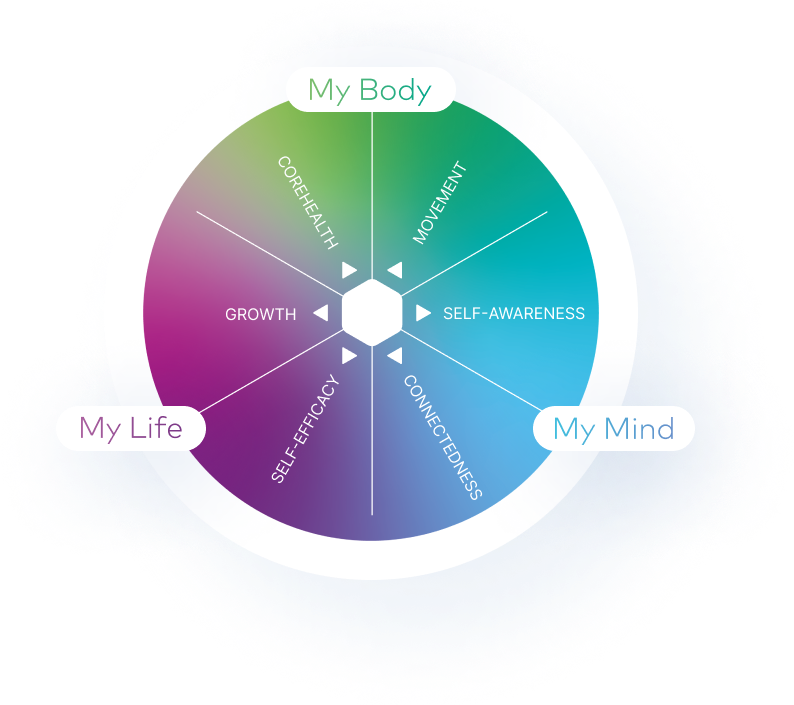
We are a 360-degree neurological care system providing a continuum of patient-physician engagement in between medical visits. CareTuner’s system is based on qualified, curated longitudinal data, proprietary clinically-proven care options developed with leading specialists, and ongoing care team guidance and support for patients.
Learn more

With CareTuner, care teams’ time is 100% reimbursed by healthcare insurers – so you can easily grow your clinic’s revenues by treating patients at scale. Ongoing engagement between your care team and your patients is covered by the reimbursement – so it really pays to provide personalized care. The CareTuner system even includes tools to help your team comply with reimbursement requirements, to increase your ARPP.
Learn more
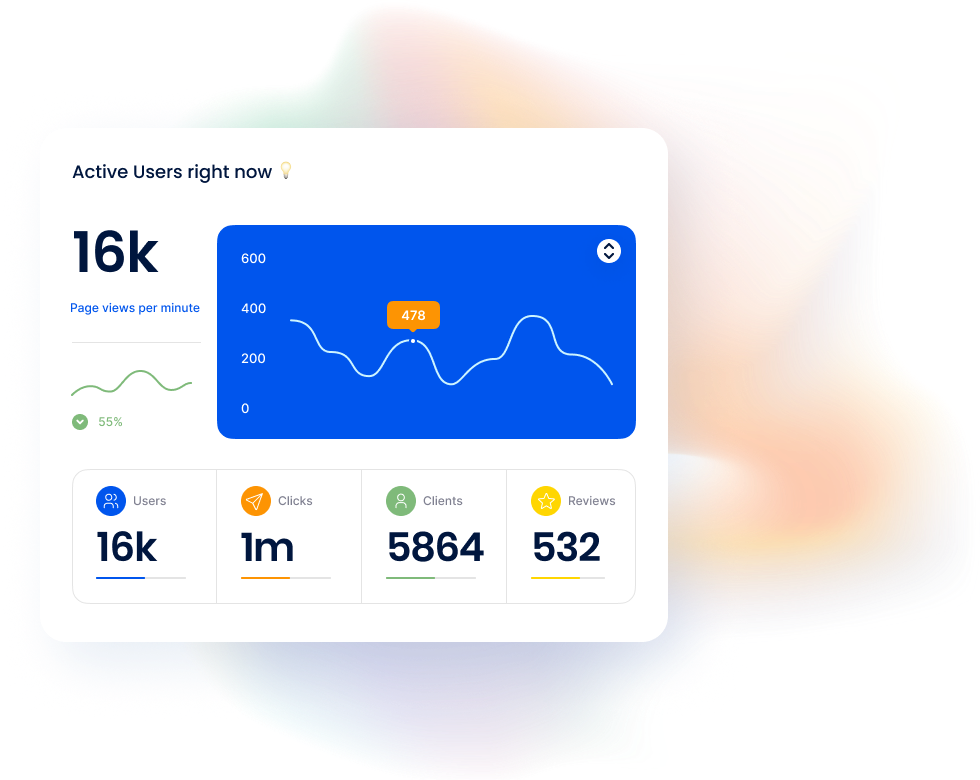



Technology perfected over years of partnership and clinical trials.

CareTuner offers neurology clinics an easy-to-implement pathway to scale up their business, extend their patient reach, and grow their brand / reputation. All, while offering patients a meaningful care that improves quality of life and clinical outcomes.
Get Started
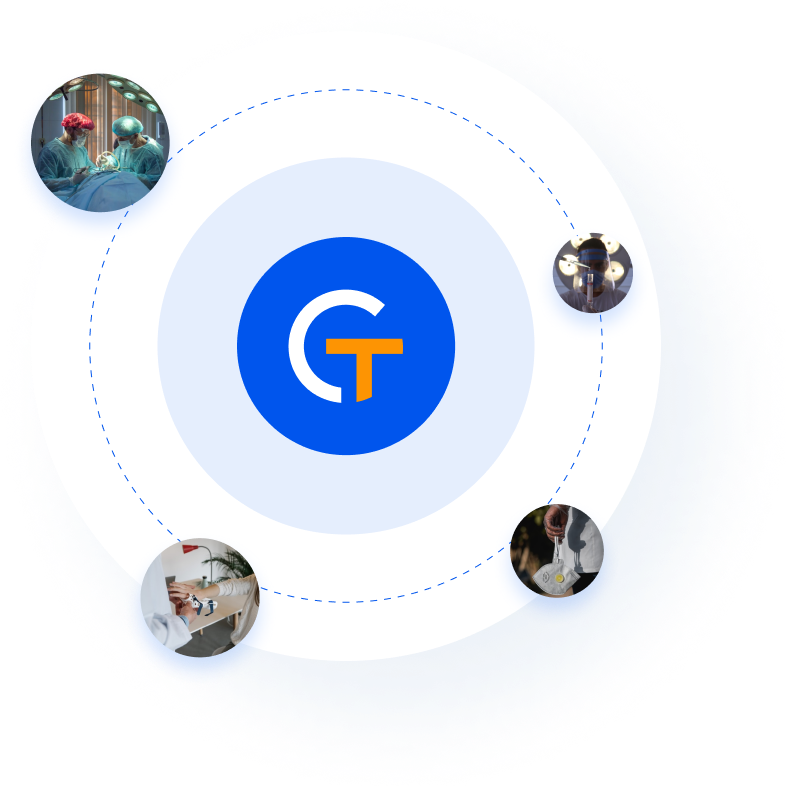
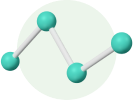
Building mutually-beneficial relationships
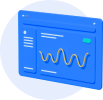
Synergies of getting better together

Proactive approach and being first to make a change

In tune with the realities of our stakeholders

Get access to qualified, curated longitudinal data, proprietary clinically-proven care regimens, and ongoing care team guidance and support.
